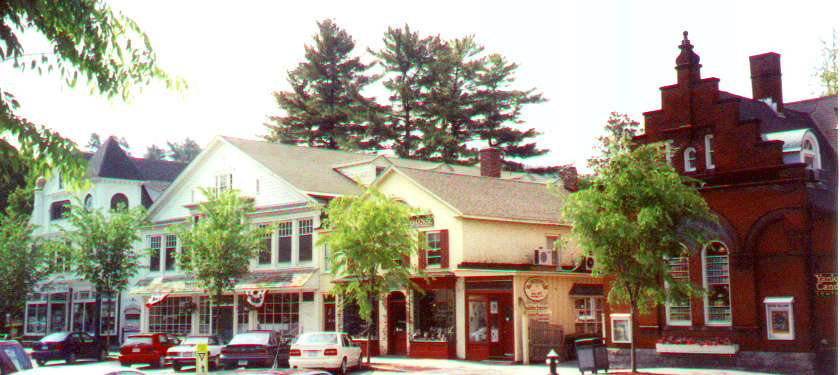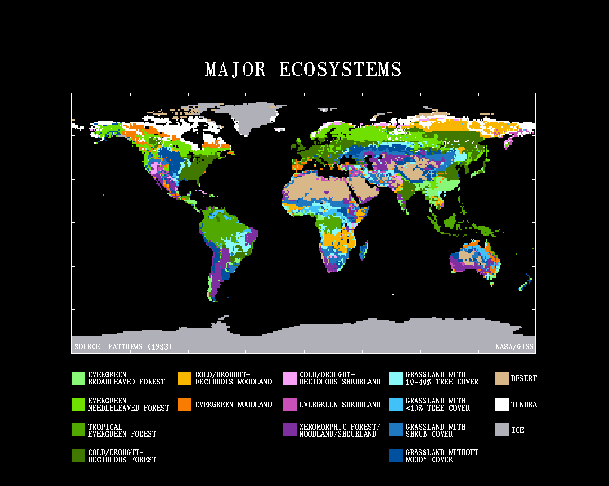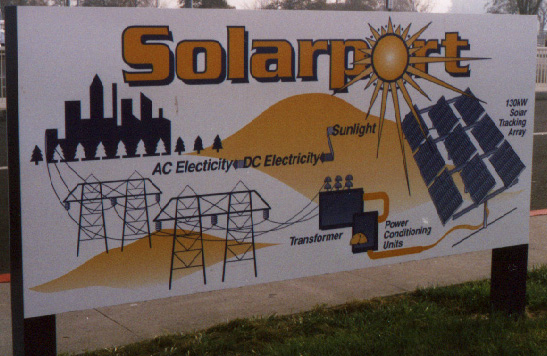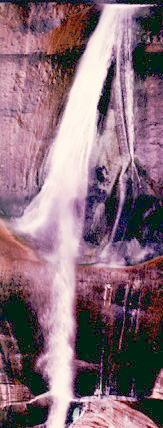
 Solutions
Solutions1. Solutions grow from place, local conditions & surroundings matter.Bandolier National Monument: Anasazi ruins reveal that native peoples were conscious of both the placement of structures in relation to the sun, and in relation to their acoustic capacity to transmit the human voice at great distances.
2. Ecological Accounting Informs Design: A new metric is emerging.
3. Design with Nature: utilize ecosystem services beneficially.
4. Everyone is a Designer: Ubiquity of the design impulse.
5. Make Nature Visible: Reveal ecological processes in structures.
_________________________________________________________
THE LESSONS:
“the true harvest of evolution is encoded on nature’s design.”
“Nature is more than a bank of resources to draw on: it is the best model we have for all the design problems we face.”
p. 7.
We are all “trapped in standardized solutions that require enormous expenditures of energy and resources to implement.”
p. 10.
"Ecological design occurs in the context of specific places. It grows out of a place the way an oak grows out of an acorn.It seeks locally adapted solutions that can replace matter, energy, and waste with design intelligence matches biological diversity with cultural diversity."
p. 23.
“The designed mess we have made of our neighborhoods, cities, and ecosystems owes much to the lack of a coherent philosophy, vision, and practice of design that is grounded in a rich understanding of ecology.”
“we need to acquire skill to effectively interweave human and natural design.”
p. 17.
Ecologicl Design is “strengthening the weave that links nature and culture”
Ecologicl Design is “a form of engagement and partnership with nature.”
Ecologicl Design is “simply the effective adaptation to and integration with nature’s processes.”
p. 18.
“The idea was to integrate energy and food production and waste and water recycling directly into home design.”
29-30.
“consider a drop of rain. Hidden within it is an implicit history of places:”
33
“Other natural cycles bind us to the living world as they carry nutrients and trace minerals between earth, air, and water.”
33
“by matching the flows on a landscape to its inherent geometry, we allow ecological patterns to work for us. We can use the natural drainage, instead of storm drains, wetlands instead of sewage treatment plants, and indigenous materials rather than imported ones.”
42
“The landscape is the crucible in which living forms have evolved, and since the landscape crackles with fractals, the forms bred there are fractal as well.... in a single dance.” (quotes John Briggs, Fractals)
Toronto’s Waterfront -- Six criteria & Sweden’s Natural Step Foundation as concrete examples of using nature.
44-46
"If our cities relegate nature to parks and designated open spaces, it is because our minds shut out nature from the rest of our life."
"Our current environments…daily evidence of the folly we have designed for ourselves."
"We possess the collective potential to create environments that nurture both the human spirit and the more-than-human living world. The work awaits us."
p.171.
First | Second | Third | Fourth | Fifth | Sixth
First Principle: Solutions grow from place:
Ecological design begins with the intimate knowledge
of a particular place. Therefore, it is small scale and direct, responsive
to both local conditions and local people. If we are sensitive to the nuances
of place, we can
inhabit without destroying."

Second Principle: Ecological Accounting Informs Design:
"Trace the environmental impacts of existing or proposed designs-- Use this information to determine the most ecologically sound design possibility."
This is the most difficult concept to employ because it is based on an understanding of ecology and ecosystem services, besides knowing about energy, resource allocation and economics.

Third Principle: Design with Nature:
"By working with living processes, we respect the needs
of all species by meeting our own. Engaging in processes that regenerate
rather than deplete, we become more alive."

Fourth Principle: Everyone is a Designer:
"Listen to every voice in the design process. No one is participant only, or designer only. .. Honor the special knowledge that each person brings. As people work together to heal their places, they also heal themselves."

| Fifth Principle: Make Nature Visible: | |
 |
Denatured environments ignore our need and our potential for learning. Making natural cycles and processes visible brings the designed environment back to life. Effective design helps inform us of our place within nature." |
Denatured environments |
|
Sixth
Retain everything on site, is a first principle of permaculture, an Australian ideal for planning and design.
Ecological Design Analysis of the book
Ecological Design -- the five principles of ED.
Ecological design related to energy efficiency
Ecological design interpreted graphically with relation to sustaining places
Ten Ecological Commandments | Ecology | Ecological Planning | Ecology defined | Design steps
